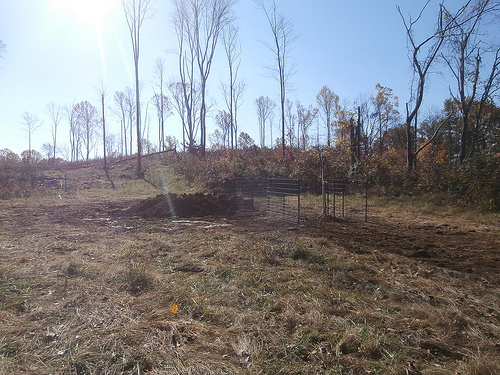O53A
New Philadelphia, OH, USA
The USArray component of the NSF-funded EarthScope project ended its observational period in September 2021 and all remaining close-out tasks concluded in March 2022. Hundreds of seismic stations were transferred to other operators and continue to collect scientific observations. This USArray.org website is now in an archival state and will no longer be updated. To learn more about this project and the science it continues to enable, please view publications here: http://usarray.org/researchers/pubs and citations of the Transportable Array network DOI 10.7914/SN/TA.
To further advance geophysics support for the geophysics community, UNAVCO and IRIS are merging. The merged organization will be called EarthScope Consortium. As our science becomes more convergent, there is benefit to examining how we can support research and education as a single organization to conduct and advance cutting-edge geophysics. See our Joining Forces website for more information. The site earthscope.org will soon host the new EarthScope Consortium website.




The National Science Foundation, United States Geological Survey, United States Nuclear Regulatory Commission, and the Department of Energy recognized a unique opportunity to retain Transportable Array seismic stations in the Central and Eastern United States (CEUS) beyond the TA’s standard two-year deployment duration. To this end, the Central and Eastern US Network (CEUSN) was funded by the NSF to retain 159 stations of the TA for longer-term operation. TA stations were selected for the CEUSN based on specific criteria including proximity to known regions of seismic hazard, proximity to critical facilities such as nuclear power plants. CEUSN stations were also considered in the context of the coverage provided by other regional broadband stations. Taken together, the CEUSN and other regional stations provided quite uniform coverage of the CEUS and were relevant to basic research, monitoring, and nascent scientific targets such as the recent increase in induced seismicity in the CEUS.
The Central and Eastern US Seismic Network Working Group (CEUSN WG) reviewed and provided advice to IRIS Management and the Instrumentation Services Standing Committee on the performance of the CEUSN as it related to the target scientific goals and objectives. The working group provided guidance on the CEUSN both specifically, and in the broader context of the ANSS stations operating in the CEUS. The composition of the WG was intentionally very broad, with the goal of obtaining feedback from all relevant CEUSN stakeholders, including academic, federal and state governments, and relevant policy stakeholders. The Transportable Array Manager and the Director of Instrumentation Services were the primary IRIS staff liaisons with the Working Group, and coordinated with the CEUSN WG Chair to develop topics and questions for review and action by the CEUSN WG.
IRIS operated the 159 CEUSN N4 stations through September 30, 2018, before transitioning operations to USGS. The CEUSN WG has since been disbanded.
CEUSN Stakeholder's Meeting: 11 June 2015 at IRIS Headquarters (Washington, DC)
Working Group Members:
Topics the Working Group considered include:
Topics the Working Group were not expected to address: